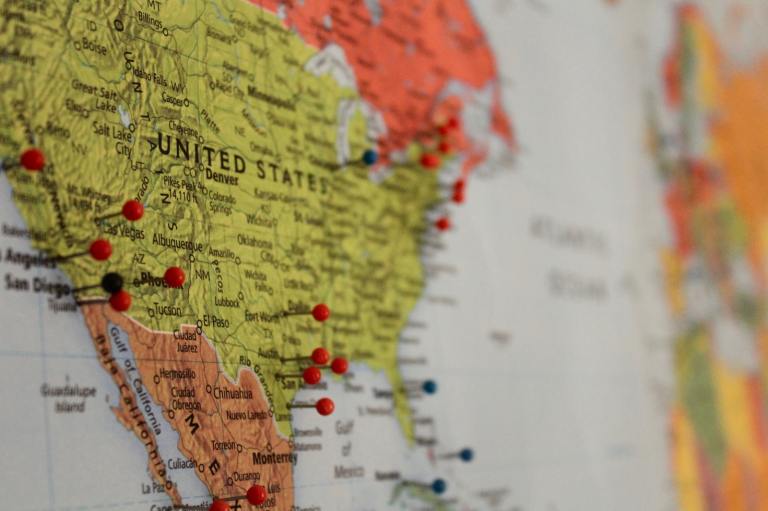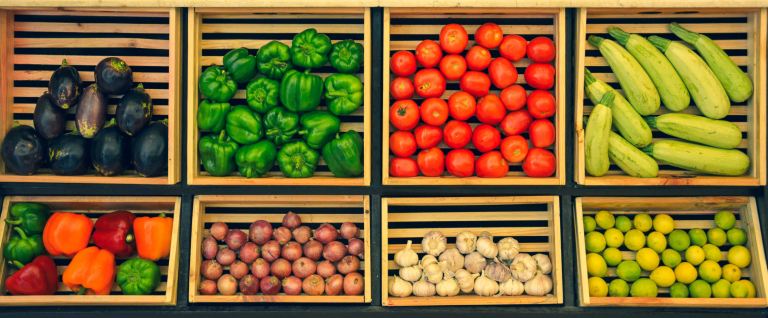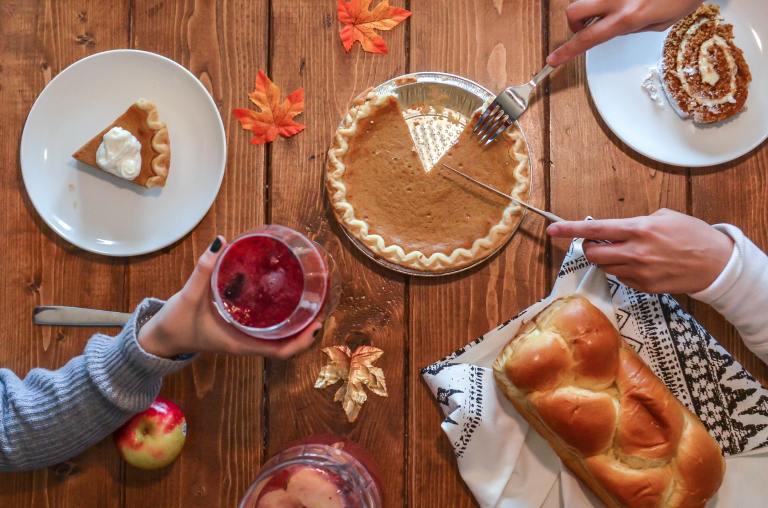How To Eat Better In Boston
To help us learn more, we enlisted the good folks at Post 390, an award-winning Back Bay restaurant where Chef Eric Brennan (formerly of Harvard Square’s famous Harvest) stresses a deep dedication to New England local food.
By Thought Catalog Sponsored Posts


Thought Catalog has a lot of love for Boston. Heck, one of our editors just wrote a ten-point ode to the city, and one of our business guys is full-on Boston born-and-raised, constantly referring to his “boiyz”, lamenting the “sawx” and gleefully texting Tom Brady modeling pictures to all his friends on Sundays. Any of us could reminisce about a weekend walking Newbury Street or along the Charles, concerts at the Hatch Shell, or even (in our younger days) keg parties in apartments on Huntington Ave. Boston has a ton of world-wide cred, for its history, universities, sports teams, and businesses. Boston is perhaps the quintessential charming American city.
One thing Boston is not as well-known for, though, is its food. Maybe it’s the fact that it’s kind of cold half the year, or the city’s longtime association with post-Colonial bread-and-beer (see: Durgin Park), or the fact that it’s still nicknamed “Beantown”. Paris has old-world “cuisine”, New York has glitz-and-glamour, San Francisco newness and abundance. So what about Boston? What is the best way to eat in Boston?
Alright so here is the secret: despite the winter, the rocky soil, the cold oceans, (or in a way, because of them,) Boston has a great local food scene. To help us learn more, we enlisted the good folks at Post 390, an award-winning Back Bay restaurant where Chef Eric Brennan (formerly of Harvard Square’s famous Harvest) stresses a deep dedication to New England local food.
The first thing to know is that Boston does seasons better than anywhere. From April showers/May flowers, to summer on the cape, pumpkin-perfect autumns and the picturesque blanket of snow that makes winter feel like real *winter*, this is a place where the year’s cycle is at the core of life. Tourists come from all over the world just to see the leaves change color, or to enjoy the beaches, or to ski up north. To eat better in Boston, it’s important not to forget that the changing seasons don’t just mean changing clothes, changing activities and changing get-away spots. It also means changing local food. For instance, instead of supermarket corn imported from the midwest (or in the winter, the southern hemisphere), local New England corn is just a truck-ride away, and sometimes you eat it the day it was picked. And part of eating local New England food is tasting how it develops through the season, from the early summer to the fall. At Ward’s Berry Farm out in Sharon, MA, they figured out that while later-season corn is bigger and sweeter, in the early season the corn is perfect for making popcorn! And this isn’t just any popcorn – it’s freshly stripped from the cob and kettle-cooked right on the farm. The great news for eating better in Boston? This popcorn has made its way onto the menu of at least one local restaurant, at least while it lasts. But never fear, when popcorn season is over, it just means the local farms have something else delicious to try.
Also, the area around Boston is diverse. This means there is everything from rocky seashores to mountain slopes to rich farmland all within driving distance. And every little micro-climate has its own foods worth appreciating. For instance, New England is famous for its lobster. The Snappy Lobster Company of Scituate, MA, is run by a guy named Adam Fuller. Before becoming a lobster guy, he was a chef at two top Boston restaurants, so he is a guy who knows what he’s talking about when it comes to what goes on our plates. He says, “What makes Scituate Lobster and our company so special is that we know where our product comes from. The rocky grounds off Scituate make a great spot for lobsters to hide, and that Rocky ground produces a stronger lobster than one caught in the mud of Boston Harbor. Lobster is just like wine. A lobster from Scituate tastes different than anywhere else much like an Island Creek Oyster tastes different than a Wellfleet or a Belon from Maine, it just does.” So, a diverse landscape around Boston means a diversity of things to eat – each unique to its place.
And, Boston has the people passionate to bring it to you. Take the Kimball Fruit Farm in Pepperell, MA for example. They grow seasonal vegetables year-round. This year they had 7 varieties of Pears, 12 varieties of peaches, 40 varities of Apples, and 72 varieties of Heirloom Tomatoes. 72 different types of locally-grown tomatoes. If that doesn’t signal someone passionate about local food, I don’t know what does.
Boston is also home to places like Siena Farm, whose store in the South End sells carefully curated local products like produce, eggs and maple syrup. Then you can always find local fixture Charlie Bear at the farmers markets – he sells his own local heirloom beans.
Eating better in Boston is really about finding what the region is already giving us. And not surprisingly, the restaurants doing so are quickly attracting a lot of attention. If Boston keeps it up, with a growing local food scene, places like the Kimball Farm and the Snappy Lobster Company, and a rich and diverse landscape, pretty soon it will be known not just as one of the best cities in the world for history and scenery, but also one of the best cities in the world for food!
This sponsored post was brought to you by our friends at Post 390, a contemporary tavern in Boston’s Back Bay. Executive Chef Eric Brennan chooses a different farm or fishery each month to provide local, fresh and seasonal ingredients that inspire a weekly changing menu throughout the month.
To celebrate their partnerships with local farms and fisheries, Post 390 is hosting a VIP event on November 14th, and the only way to attend is to win tickets on Post 390’s Facebook page. You can also go there for a chance to win fun prizes like Patriots tickets, dessert, dinner for two and more.![]()




